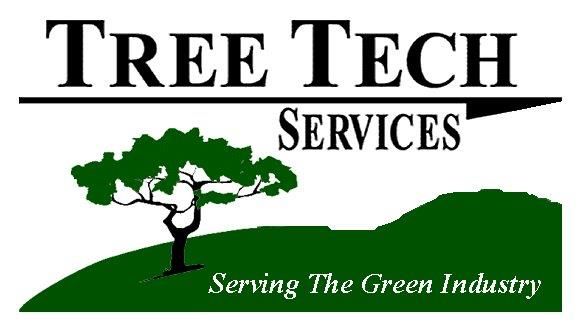Frequently Asked Questions
What tree services do you offer?
We offer a full range of tree care services, including tree trimming, removal, pruning, stump grinding, emergency storm cleanup, and tree health assessments. Whether it’s routine maintenance or urgent removal, we’ve got you covered.
Are you licensed and insured?
Yes, Tree Tech Services is fully licensed and insured for your protection. Our team also includes ISA Certified Arborists, ensuring your trees are cared for by trained professionals.
Do you provide free estimates?
Absolutely! We offer free, no-obligation estimates for all of our services. Just give us a call or fill out our contact form, and we’ll schedule a time to assess your needs.
How quickly can you respond to emergencies?
We offer prompt emergency tree services for hazardous or storm-damaged trees. Our crews are ready to respond quickly and safely to protect your property and restore peace of mind.
What should I do if a tree falls unexpectedly?
If a tree falls due to a storm, high winds, or decay, stay clear of the area and contact our emergency tree service immediately. Our team is available 24/7 to remove fallen trees safely and prevent further property damage.
How does routine tree trimming benefit my property?
Regular tree trimming keeps trees healthy by removing dead or weak branches, improving airflow, and shaping their growth. It also helps prevent branches from interfering with structures, utility lines, and walkways.
What are the main reasons for tree removal?
Trees may need to be removed if they are dead, severely diseased, posing a safety risk, or causing damage to buildings and underground utilities. We assess each situation to determine whether removal is necessary or if other care options are available.
What are the key differences between stump grinding and full stump removal?
Stump grinding shaves the stump down to ground level, leaving the roots intact, while full stump removal extracts both the stump and root system. Grinding is a quicker, less invasive option, whereas removal clears the entire area for replanting or construction.
How can I tell if my tree is in poor health?
Signs of tree health issues include brittle or discolored leaves, bark peeling, fungal growth, or visible cracks in the trunk. If you notice these symptoms, a tree health inspection can help diagnose the problem and provide treatment options.
What is the purpose of cabling and bracing for trees?
Cabling and bracing reinforce weak branches and trunks, reducing the risk of splitting or falling. This technique helps preserve structurally compromised trees while making them more resistant to heavy winds and storms.
When should I consider canopy thinning or reduction?
Canopy thinning and reduction are recommended when trees become too dense, block sunlight, or develop heavy limbs that pose a safety hazard. These services improve tree stability, promote healthy growth, and enhance the surrounding landscape.
How does wood chipping and mulching improve tree and plant health?
Mulching helps retain soil moisture, regulate temperature, and suppress weeds, while wood chipping recycles tree debris into useful organic material. Both methods contribute to healthier trees, plants, and overall landscape sustainability.

